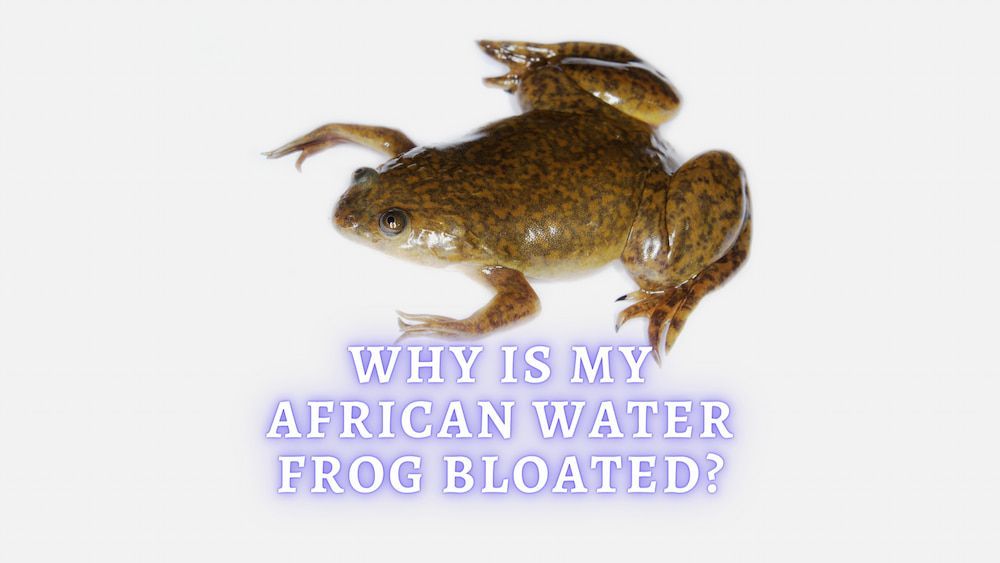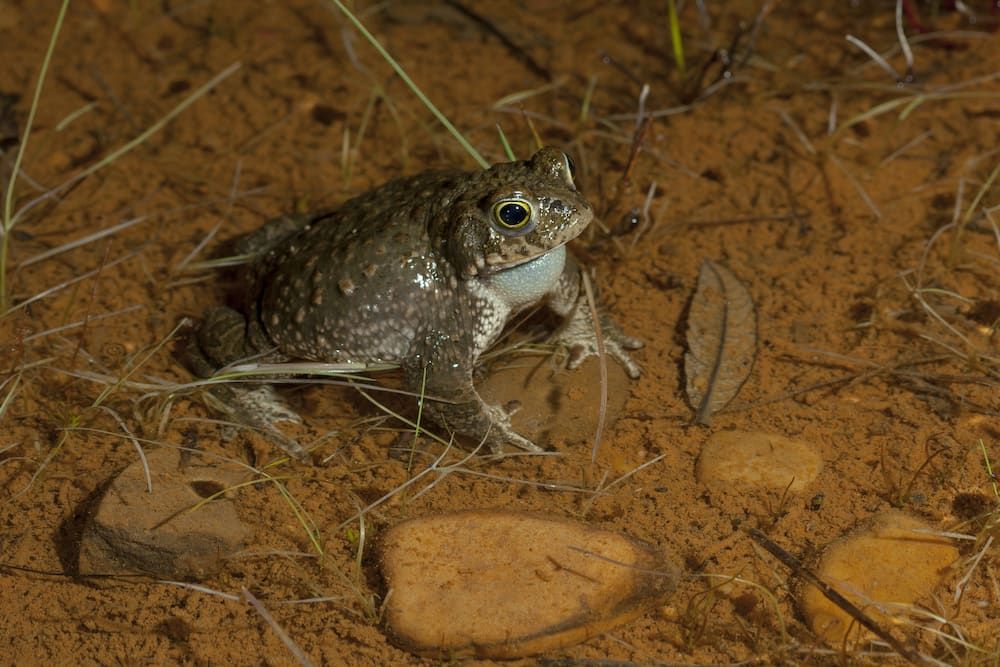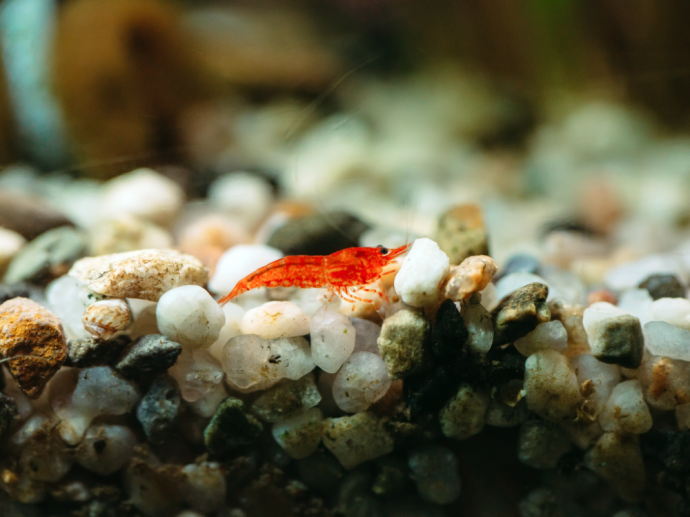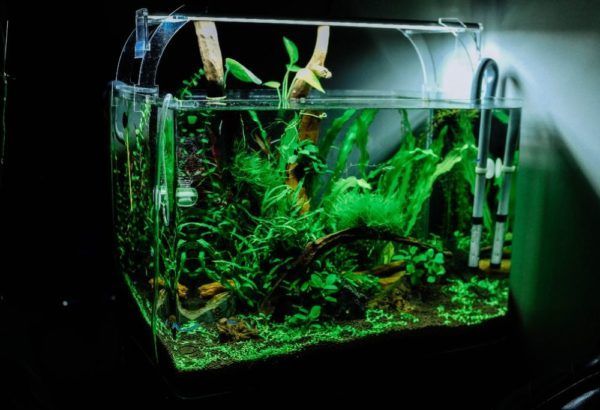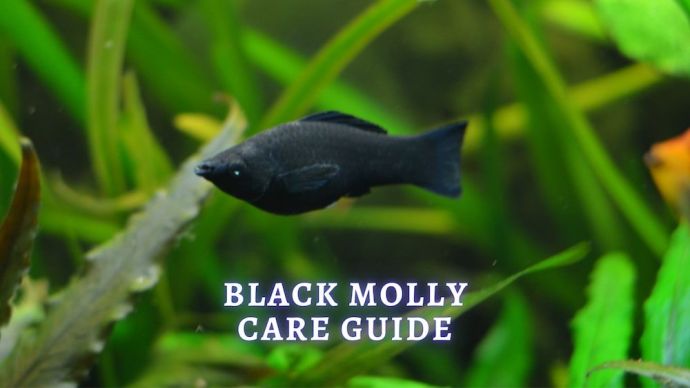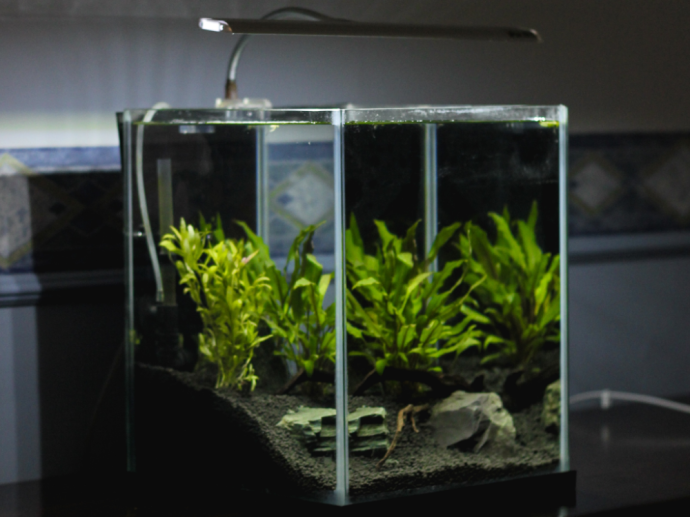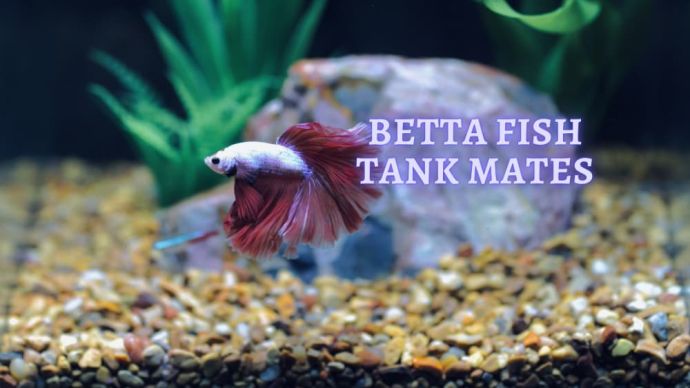African Clawed Frog Bloat: Why Is My African Clawed Frog Bloated?
Written by:
Author: Vicki Smirnova
Vicki Smirnova is a professional writer and editor who adores animals and helps readers get along well with their pets. She has been working in digital media for more than 5 years and has great experience writing content about lifestyle, including pets. Vicki specializes in dog health and nutrition, cat feeding, dog training. She is an aquarium lover and is passionate to write about fish care at home. Also, Vicki headed several websites and worked as a news editor.
View all 245 articlesLearn about our editorial process and veterinary review board.
Viewed: 62
Updated on: 02/20/2023
The African clawed frog, a completely aquatic freshwater amphibian species found in Africa, only goes on land in a severe drought when it becomes necessary to leave the drying-up reservoir and find a new home. An exciting and unpretentious animal in keeping, it often becomes the choice of beginner aquarists. Buying it is usually not difficult, as young frogs are sold in almost any pet store.
Clawed frogs, called this due to their characteristic claws on their hind legs, help animals stay afloat and cling to plants. The amphibian leads a predatory lifestyle, so it is unlikely that it will be possible to keep it with other aquatic inhabitants. These amphibians can swim quickly, although they can often be seen sitting on the bottom or hovering in the water column in aquariums.
It is worth noting that the clawed frog is very shy, so you should not create unnecessary stress for it. Frightened, the amphibian begins to swim randomly around the aquarium, demolishing everything in its path. Particular attention should be paid to water quality and diet.
Diseases of the African Clawed Frog
The clawed frog is a very hardy animal and usually only gets sick under very poor conditions, so remember that disease is easier to prevent than to cure. The most common disease of clawed frogs is dropsy, an accumulation of fluid that sometimes inflates the frog like a balloon.
The frog can also bloat, which occurs when a disease-causing bacteria produce gases in the intestines and the gastrointestinal tract (GIT). As a rule, swelling is observed on one side, and the frog cannot dive or swims sideways. While bloat does not inflate everything, a part of the gastrointestinal tract is swollen and sticks out from the side. It is treated with antibiotics and drugs to restore the normal functioning of the gastrointestinal tract.
Also, a frog can get sick with gas gangrene (pathogenic bacteria releases gas under the skin), expressed in swelling of the entire pet, like a balloon. Because he cannot dive, a frog with this very ferocious infection is challenging to cure. [1]
Why African Clawed Frog Bloat?
Bacterial Infections
Dropsy is often a consequence of an already very advanced infectious process. As in fish, dropsy in frogs is challenging to cure and is treated, for a long time, with antibiotics and antifungal drugs. A sick pet should be isolated from healthy ones.
Infections Due to Poor Diet
African clawed frogs feed on frozen or freeze-dried meats like bloodworms and brine shrimp. Some aquarists feed pieces of liver and heart to frogs. However, if you overdo it with these types of food, your pet’s metabolism can suffer, leading to bloating. Meat should be a treat only occasionally.
Water Retention
These frogs can get sick in an aquarium with too soft water. Some people mistakenly use distilled water in their frog tanks; however, it is the softest.
In their natural environment, these amphibians live in the hard waters of the African Rift Valley. Their internal osmoregulation can “counteract” the osmotic pressure of hard water. Soft water can damage the mechanism that controls how much fluid the body holds. If this mechanism is disturbed, the pet begins to swell, holding too much water. Water can also cause disease in frogs if it is contaminated with toxic waste, from drugs or lead.
Diseases of the Skin or Internal Organs
Abnormalities in the kidneys or liver functioning can sometimes lead to osmoregulation in the frog’s body, resulting in bloat. In addition, the cause of such a symptom may be skin diseases that affect fluid absorption.
Other Causes of Bloat in an African Clawed Frog
The frog can inflate due to intestinal blockage. This can happen if your pet has ingested substrate, rocks, or other foreign objects. In addition, parasitic infestations can be the cause of the swelling.
Stages of Dropsy African Dwarf Frogs
There are different stages of manifestation of bloating. If your pet is a little bloated but can move around and eat quickly, it may be due to normal bloating; however, this can turn severe if the frog is left untreated.
Sometimes, swelling may be noticeable only on certain limbs. In such a case, it is better to contact a veterinarian, who will take an X-ray and be able to tell you the cause.
If the pet is completely swollen and unable to move, it needs urgent help. This swelling can quickly lead to death if left untreated. [2]
How to Cure Bloated African Clawed Frog?
In the early stages, dropsy is treated. But the advanced settings are far from always amenable to medication. There are two reasons why the pet cannot be cured.
- The first is the penetration of the infection into all tissues of the frog, from which it is no longer possible to defeat it.
- The second is a metabolic failure in which the body does not understand that the infection is gone and continues to drive fluid.
You can’t pierce your pet! For a while, the fluid will decrease, but you will not eliminate the cause of the disease.
Treatment Stages of Bloating Disease
Use Another Tank
Having started treatment, first of all, you should remove the frog from the general aquarium, and set up a 10-gallon quarantine tank.
READ MORE: How to Clean Freshwater Aquarium?
Clean the tank
While your frog is in the quarantine tank, you should thoroughly clean the main tank. Stones and jewelry should also be washed, and the water changed.
Treat with Medicine
Start a course of antibiotic treatment, as a bacterial infection of the kidneys causes frog bloat. You can use products such as Maracyn II, Maracyn Plus, or Enrofloxacin. To find out the dosage, read the recommendations on the box.
Use a Salt Bath
It is necessary to make salt baths for the frog. While frogs are very sensitive to aquarium salt, these methods help reduce the effects of dropsy. However, it is essential to choose the right dosage. You should consult with a veterinarian, who will help you determine the correct salt dosage for your particular aquarium gallon.
Get Help from a Vet
Of course, if symptoms of dropsy appear, you should contact a veterinarian as soon as possible. The doctor will perform the necessary manipulations to alleviate the frog’s discomfort because it is believed that fluid accumulation causes pain. Unfortunately, these manipulations will have to be repeated every 3-4 months. The doctor will prescribe medical procedures that should be done at home.
How to Prevent Bloating in African Clawed Frog?
Therapeutic measures will help fight against infections and restore harmony to the frog for a while; however, it is of great importance to bring the conditions of detention to the optimum and normalize the diet. The water should be changed, the terrarium (aquarium) and equipment should be disinfected, the terrarium (aquarium) volume should be increased, the feeding regime should be observed, and good quality food should be provided.
Keep the Right Conditions
African clawed frogs are unpretentious in care, but some features still exist. You can keep amphibians alone, but they show more interesting group behavior. It is desirable that one individual has at least six gallons of water, and the number of males should prevail over females in order to avoid unnecessary showdowns.
Clawed frogs do not need an island or land, so the aquarium can be completely filled with water. Also, it must be covered with a lid so that pets do not have the opportunity to escape. Out of the water, they will die very quickly. There should always be access to the water’s surface because frogs breathe atmospheric air, so they have to periodically surface.
As for the soil, there are two approaches here: some aquarists leave the bottom without it, and others use pebbles (the size should be such that it does not fit in the frog’s mouth). Placing sand on the bottom is not recommended, as amphibians constantly dig it up, raising the turbidity.
It is useful to install a variety of shelters made of snags, coconut halves, or ceramic pots in the aquarium. Frogs can hide in them if necessary. Plants, artificial or live, may be used.
The aquarium must have a productive filter because African clawed frogs are still dirty, thanks to a good appetite. On the other hand, amphibians are sensitive to high levels of nitrogenous compounds, so weekly water changes (up to 20% of the tank volume) are a must. Remember that freshwater used for water changes must be free of chlorine, so always add water conditioner. The optimum water temperature should be 70-80°F.
Combining African clawed frogs with other aquatic inhabitants is not recommended, as predatory amphibians will eat any small species of fish that can fit in the mouth. Larger animals (cichlids, red-eared turtles) can injure the frog itself.
Feeding African Clawed Frog
Feeding the African clawed frog should be given close attention. These amphibians are prone to obesity, so the diet should be carefully selected.
In nature, clawed frogs feed on small fish and various invertebrates. Opting for quality dry food specially formulated for frogs and newts at home is better. You can diversify the menu with bloodworms in nutritious jelly and pieces of low-fat fish or fodder insects.
It is important to observe the feeding regime: young frogs have given food daily; adults only a few times a week. If you begin to observe the formation of fat folds on your pets, you should stop feeding for 1-2 weeks until everything returns to normal.
People Also Ask
How do you treat bloat in African clawed frogs?
If the frog is swollen, consult a veterinarian, who will help determine the cause of swelling and prescribe treatment. For the treatment period, the pet should be placed in another aquarium, and salt baths can be carried out.
Why is my African fog bloated?
Such a symptom may indicate dropsy. With dropsy, the pet’s skin does not fit the muscles and body of the frog, and under the skin during movements, fluid is noticeably rolling. Dropsy usually begins with the hind legs, then travels to the stomach and back. As a result, the pet swells looks bloated, and can sink to the bottom.
Does bloat hurt frogs?
The bloat-causing infection enters the body (with dropsy, usually under the skin and on the internal organs) and begins to multiply. The body tries to get rid of it and drives the lymph, which, to some extent, copes with it, but this is not enough. The fluid accumulates under the skin more and more; as a result, the pet swells, leading to difficulty in movement. This can cause death.
Why do frogs bloat?
With bloating or dropsy, the pet cannot dive and swims sideways. Bloating can make it difficult for a frog to dive.
Conclusion
Dropsy and other diseases are curable – the main thing is to start treatment as soon as possible! The cause of dropsy can be an infection. Therapeutic measures will help in the fight against infections, but conditions of detention should be reviewed.
Article Sources:
- “African Clawed Frog.” Smithsonian’s National Zoo, 7 July 2020, nationalzoo.si.edu/animals/african-clawed-frog.
- Kobilinsky, Dana. “Road Salt Leads to Bloated Wood Frogs.” The Wildlife Society, 8 Jan. 2023, wildlife.org/road-salt-leads-to-bloated-wood-frogs/.
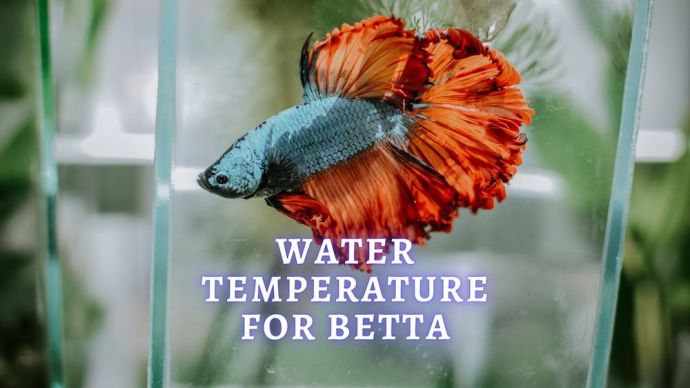 Freshwater Fish Betta Fish Temperatures: Guide To The Perfect Betta Fish Water Temperature
Freshwater Fish Betta Fish Temperatures: Guide To The Perfect Betta Fish Water Temperature - 126
- 0









